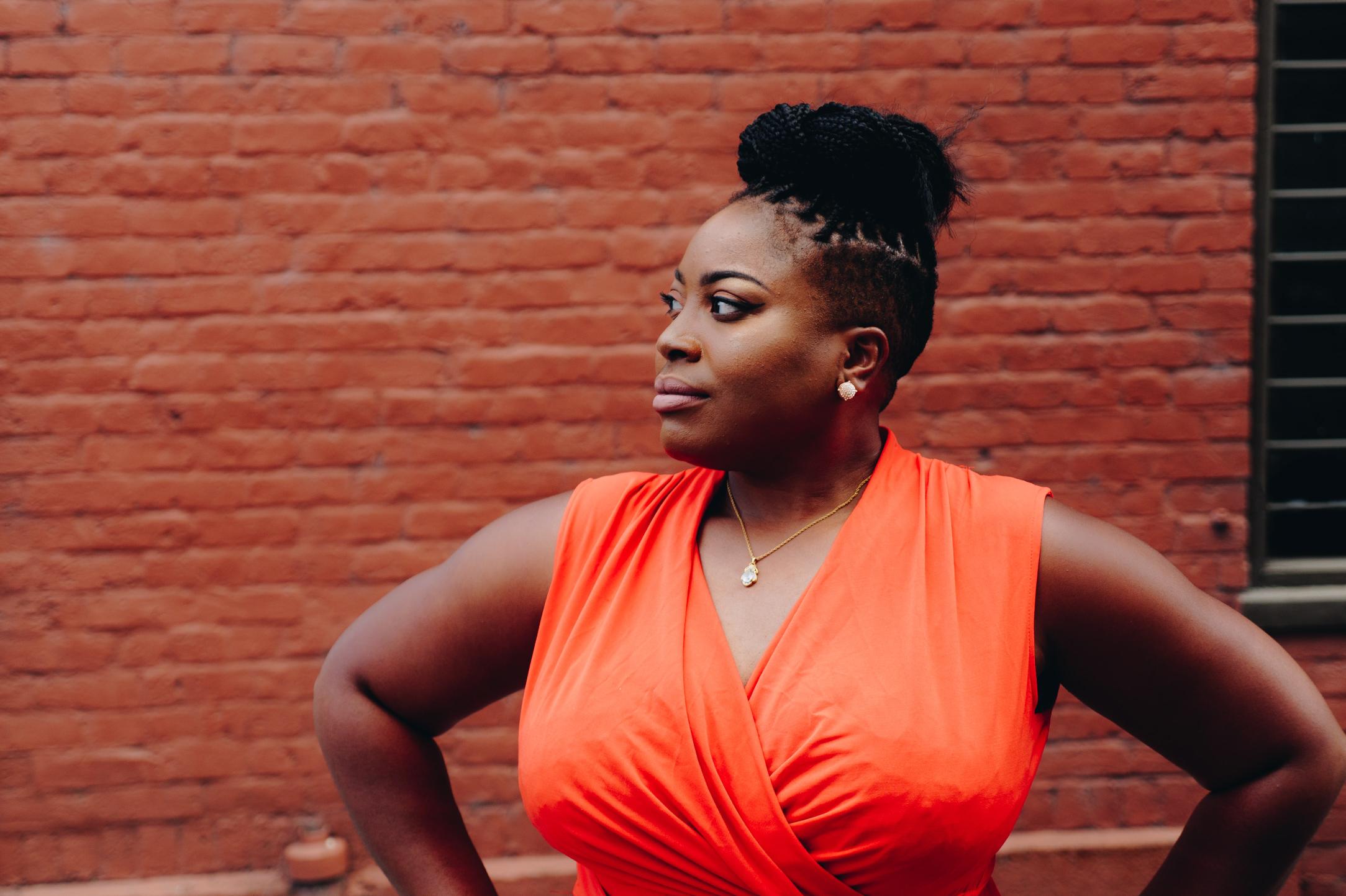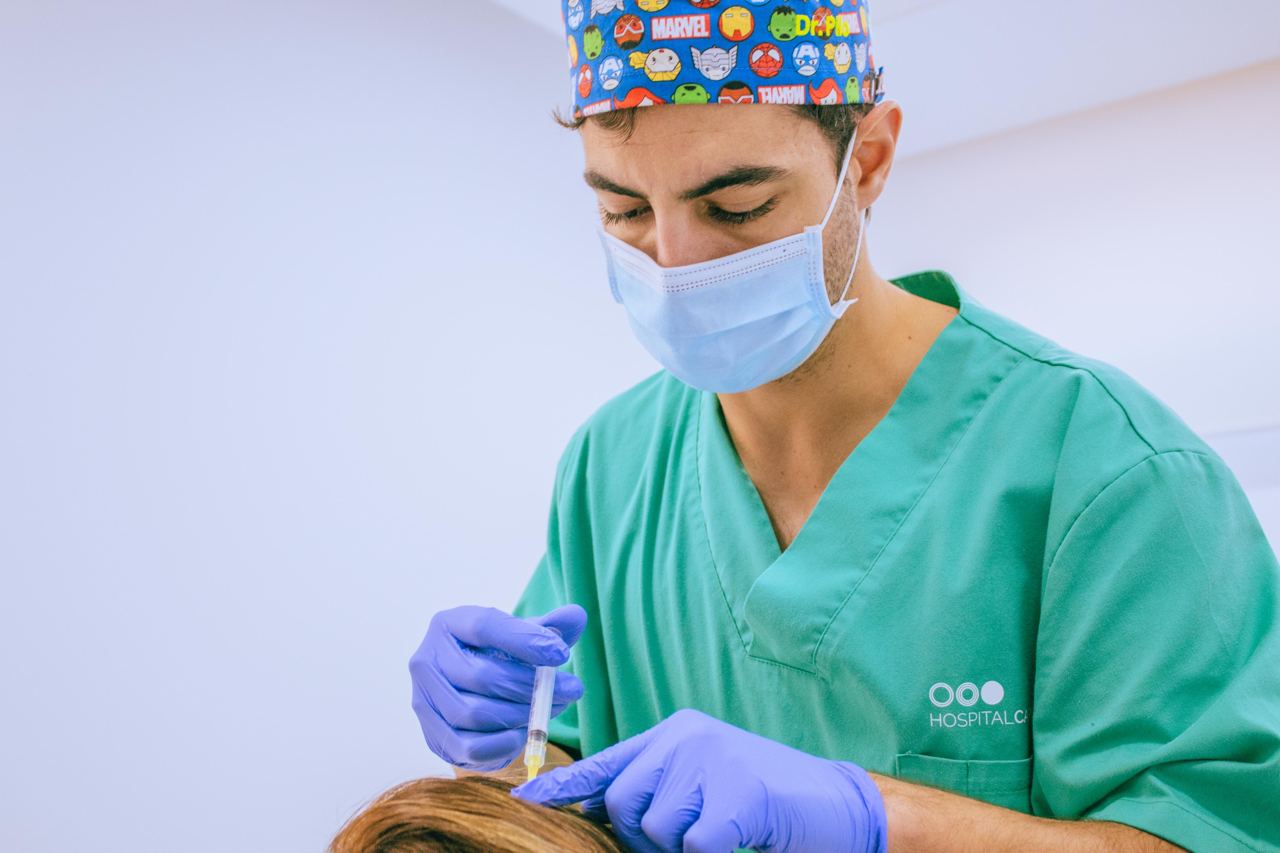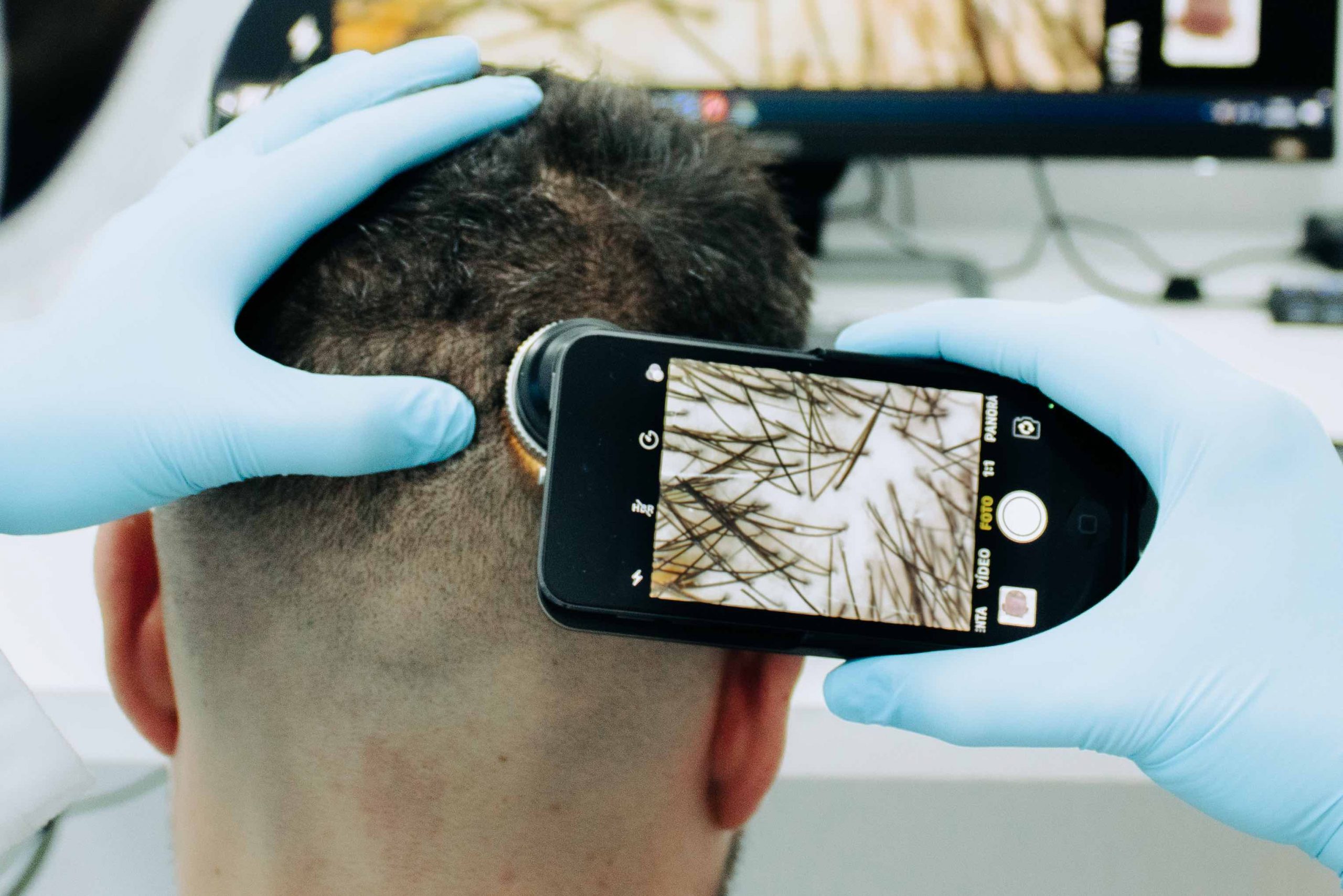
A hair loss that accompanies lack of density can be due to several reasons depending on the type of alopecia that it is One of the most frequent, especially among women, is what is known as traction alopecia. What is this type of hair loss? What are your symptoms? It has a solution?
At blog de Hospital Capilar, a clinic specialized in hair grafting in Madrid, Murcia and Pontevedra, we tell you everything you need to know about the well-known traction alopecia. Next!
We understand traction alopecia as hair loss whose main cause is the tightness of the hair in certain hairstyles. According to him medical team of Hospital Capilar, It is a type of alopecia that is normally reversible., although in extreme cases it can lead to the destruction of the hair follicles, preventing hair from growing back.
When we abuse tight hairstyles such as high ponytails, root braids or bows that pull the hair excessively, a visible lack of density is produced, especially in the temples since it is the hardest hit area. Knowing how to act if you notice a lack of hair, as well as other symptoms associated with traction alopecia, is essential to avoid permanent baldness.
Knowing which hairstyles can cause this type of alopecia is also important to avoid it. It is not about avoiding them at all costs, but about not resorting to them too often.
Repeated use of extensions can end up causing traction alopecia. These have become a highly demanded element within feminine aesthetics to generate a sensation of greater quantity and length of hair. However, the extensions, although to a lesser extent than other hairstyles, tense the hair and can be the origin of traction alopecia.
Excessively tight hairstyles such as ponytails or high buns are the main cause of traction alopecia in both women and men. It is not harmful if we resort to this type of hairstyle from time to time, but if we opt for pigtails or tight buns daily, it is possible that the temples begin to lighten and we begin to lose more hair than usual.
An alternative for those people who prefer to have a clear face are those known as casual hairstyles. Making a loose ponytail or a not too tight bun is not as harmful to the hair follicles and we will still wear the hair up.
One of the issues that usually worry with this type of hairstyle is whether dreadlocks make you bald. The truth is that dreadlocks can be the origin of traction alopecia, since their elaboration requires excessive tension. In this way, when undoing them, we will perceive a significant hair loss.
The famous African braids are one of the hairstyles that require more tension and pull the hair more. The direct consequence of this is the development of traction alopecia, so it is recommended do not overdo this type of hairstyle.

Traction alopecia has very characteristic symptoms since, unlike other types of alopecia such as androgenic, usually present with discomfort on the scalp. Here's how to spot traction alopecia.
We know that we have excessively tight hairstyles when when undoing them we feel relief and some discomfort on the scalp. This is a good indication that, in case of lack of density in the temple area, it is traction alopecia.
As we have commented previously, this type of alopecia generates lack of density mainly in the temples. It is in these where the traction of the hair is of greater intensity, so the hair loss will be acute at the temples.
Another symptom that may be indicative of traction alopecia is redness of the scalp. In addition, the accompanying pain is very characteristic since an inflammatory process occurs.
Faced with unusual hair loss that accompanies hairless areas, it is advisable to go to a hair clinic in Spain. In this way we can receive a personalized medical diagnosis to rule out any other type of more serious alopecia.
As we have mentioned, the lack of density caused by abusing excessively tight hairstyles is reversible. A) Yes, The most immediate solution is to stop wearing them for a while until the traction alopecia condition improves.. We can also resort to hair treatments aimed at curbing hair loss and promoting its growth as the Capillary Regeneration Treatment and Hair Redensification Treatment.

En Hospital Capilar We take care of your hair in depth and at the hands of the best medical team in the sector. If you notice unusual hair loss or lack of density, request your medical diagnosis at Hospital Capilar and put yourself in the best hands.
Sanitary Reg. No. Pontevedra: C-36-003121 Sanitary Reg. No. Madrid: C517593 Sanitary Reg. No. Murcia: 30800014


Copyright © 2021 - Legal Notice and Privacy Policy - Cookies policy